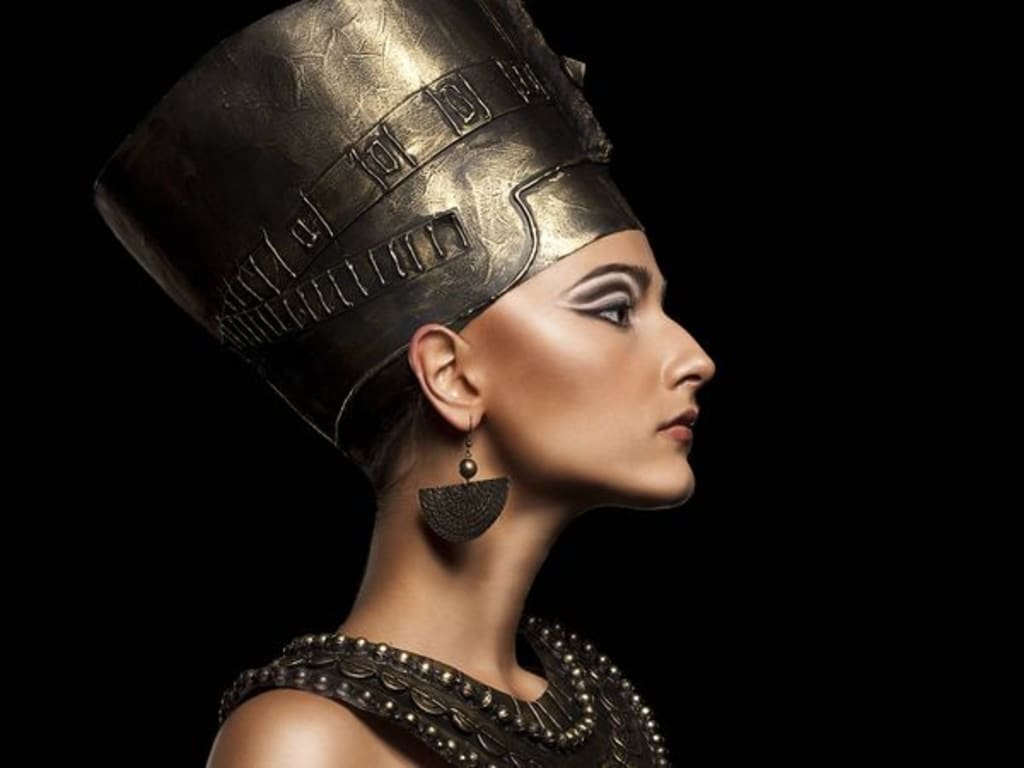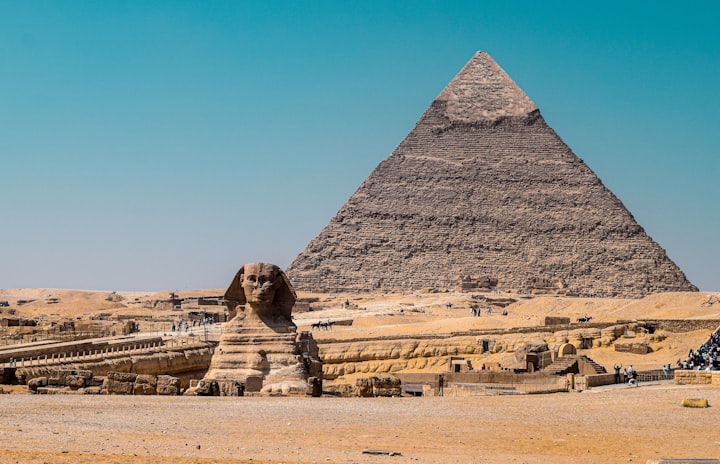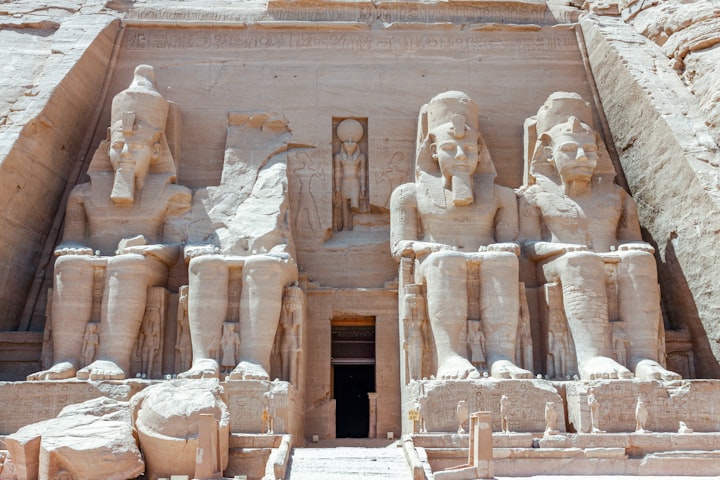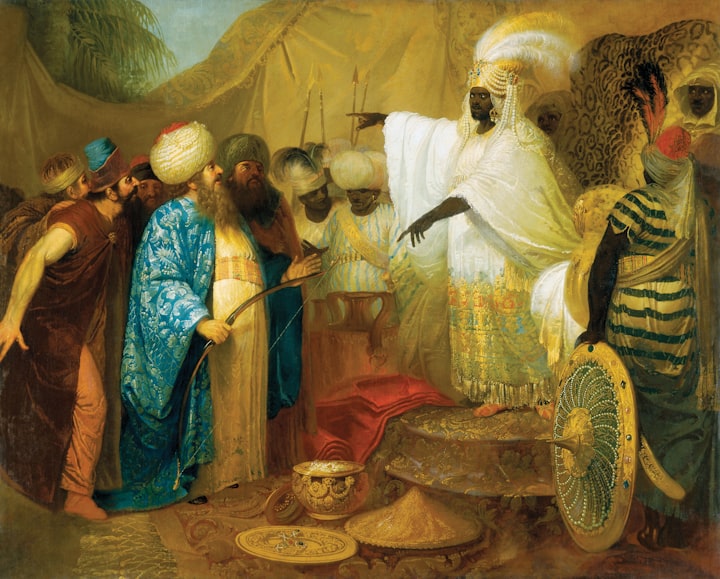
Without a doubt, when George RR Martin decided to write that unfinished epic saga that has revolutionized the world and is called 'A Song of Ice and Fire ' (' Game of Thrones ' in its HBO version) he did a good review of the history of human being since he populated the earth. The wars between the Yorks and the Lancastrians , the relations between the Borgias ... and, of course, also something about what was and will be one of the most enigmatic and interesting civilizations of all time: the Egyptians. For something when we take children to the museum the first thing they always want to see is the sarcophagi with the mummies . Partly because of the legends that run about their curses, or perhaps because of the imaginary that television has created, these dead people who for thousands of years have kept themselves in perfect shape thanks to advanced, although ancient techniques, continue to arouse our interest . We are not only fascinated by mummification , but also by what they say about their deities and their way of life. Amun, Ra, Anubis, Anukis, Thoth, Nut . Tutankhamun, Ramses, Cleopatra, Nefertiti , are names known to all.
The new studies suggest that, before Tutankhamun, two of his sisters reigned. One as pharaoh, one as royal wife
And if there is a civilization in which the Targaryen dynasty of 'Game of Thrones' is inspired, it is precisely that of ancient Egypt , where, like the family of dragons, it was quite common to practice inbreeding. That is, they married between brothers. An example of this is Cleopatra , who married her brother Ptolemy before meeting Marco Antonio or Julius Caesar . And although she is perhaps the best-known pharaoh of all time, the truth is that archaeologists have discovered that many years before a " mysterious female pharaoh" ruled, according to ' Live Science ', wrapped in shadows like everything that surrounds this civilization .

The discovery was accidental, but it is known today that the famous tomb of Tutankhamun was originally for a woman. Or, rather, for two. According to an investigator, this mysterious woman who ruled a little before the young pharaoh came to power is actually his two sisters. Quite a controversial investigation: after Akhenaten (father of Tutankhamun ) died, his youngest daughter, Neferneferuaton , only 12 years old, would be the one who would have come to power , disguised as a man and married to nothing more and nothing less than his own older sister: Meritaten, who would have been his real wife. It is a dark period because other sources point out that, in reality, the princess Neferneferuatón would be the fruit of Meritatón with her own father, Akhenatón . That is, both princesses would be sisters and mother and daughter at the same time. Daenerys Targaryen and Jon Snow 's relationships seem like child's play by comparison, right?
But there the history not ends. "Meritatón did not keep the title of royal wife for a long time", ventures the researcher Valérie Angenot , professor of history at the University of Quebec. "After a year she too was crowned pharaoh ." Some controversial statements that many Egyptologists do not share, because they believe that in reality the mysterious female pharaoh is none other than Nefertiti . Hatshepsut , whom we have spoken of on other occasions, is also normally mentioned .

Tutankhamun does not attract attention only because of his death. His grave was found in the 1920s in the Valley of the Kings . The deaths were happening among those who were present at the time of discovery. Lord Carnarvon was the first, from pneumonia (and legend has it that at the time of his death there was a great blackout in Cairo ); also his brother Of him Audrey Herbert , when returning to London . And Arthur Mace , who was the one who broke the wall to gain access to the chamber, or Sir Douglas Reid, who X-rayed the mummy. The newspapers inflated the legend assuring that on one of the walls the inscription could be read: "Death will come on light wings to the one who breaks the pharaoh's peace ".
The little sister
But legends aside, Tutankhamun's life is also full of mystery. The plague struck Egypt during his father's reign and swept away the mother of three of his daughters. It was then that Akhenaten decided to marry his daughter Meritaten and arranged for his next daughter, Ankhesenamun , to marry Tutankhamun when he came to the throne. In those years his other sister, Neferneferuatón , was only seven years old. "She could not be a royal wife at that time since she was too young to have children," explains the historian. "That's probably why she was crowned pharaoh . Tutankhamun was still too young to rule, and she was the one who did it."
The pharaoh who ruled after Tutankhamun probably did not accept this female union and therefore practically no trace remains.
It's not just a hunch. Egyptologists have known for at least 50 years that a mysterious queen ruled after Akhenaten's death . A detailed examination of the adolescent pharaoh's tomb showed that it was originally created for a woman; for example, the funerary equipment still bears traces of a female name: Nefernefuruaten . Many Egyptologists think that this mysterious woman was Nefertiti, who would have undergone a name change on her transition from her to pharaoh. Others think that the female pharaoh was Meritatenwho, after all, had married his father. But Angenot says it makes more sense for this mysterious figure to be the youngest daughter, whose birth name was precisely that: Neferneferuaten-Tasherit .

Nefertiti's theory
Simply, being the youngest daughter, it had not been taken into consideration because it seemed unlikely that she would have sat on the throne before her three older sisters. "But the pharaoh who ruled after Tutankhamun ( Ay , penultimate pharaoh of the Egyptian 18th dynasty) probably did not accept this female rule, with two women, and it is plausible that he destroyed any trace of the two sisters after his death. That is why We have so little information about it." He assures that it is not so rare either, since there are already other examples of previous female pharaohs , such as the already mentioned Hatshepsut, Nitocris or Nefurusobek. "It would make more sense than the theory that Nefertiti had changed her name in the last years of her life, because she was also not part of the royal bloodline , simply the wife of the pharaoh." Many archaeologists , especially the most incredulous ones , are waiting for an article that Angenot has written in which he will detail this theory in more depth. Some believe that the evidence that he has provided, such as a statue that he claims must belong to that dynasty, and evidence that there were two pharaohs, is actually a fallacy. The most critical are convinced that the tomb was intended for Nefertiti. "Nefertiti has already been mentioned by the name of Neferneferuaton on other previous occasions" explains Aidan Dodson , professor of Egyptology at the University of Bristol. "It is not so strange that once her husband died she accepted that name and ascended as pharaoh. However, I am very much looking forward to reading the published study," she says. Until some light is provided, the mystery will continue there, like so many others that surround this ancient civilization , which populated the Nile basin thousands of years ago.






Comments
There are no comments for this story
Be the first to respond and start the conversation.